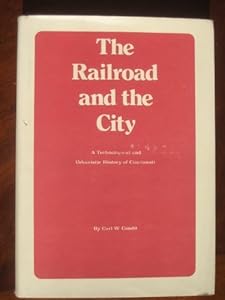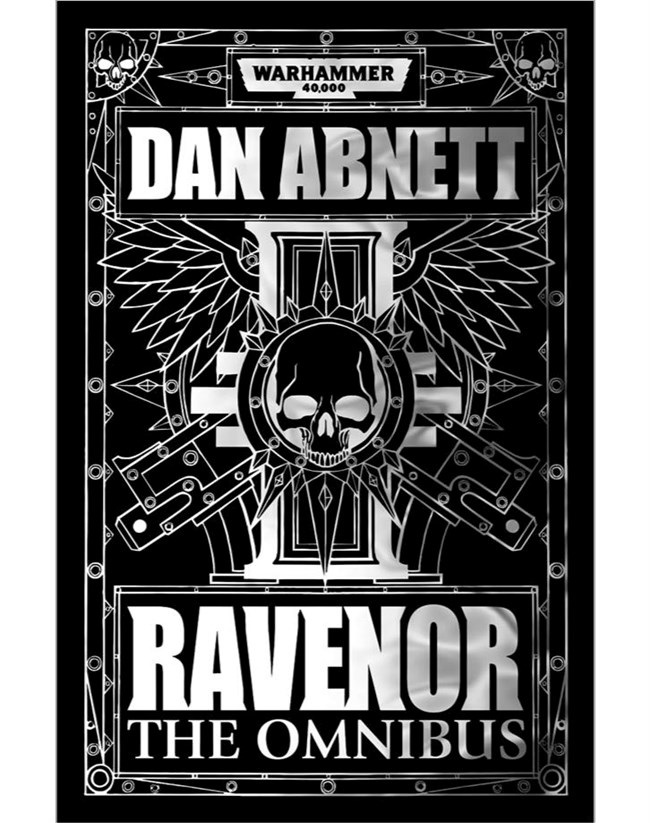Author's Note: Okay, straight up, sorry I don't have a book review for you guys to read this week, I know you're absolutely crushed about that. I just needed a break from the regular review schedule and decided to just have fun this week. To provide more context, Klapperia is a fictional micronation and has been a running in-joke among my friends for probably far too long. Anyway, I decided to make a formal "Klapperpedia" entry on this great nation. I hope you enjoy. - Kalpar
The Free Barony of Klapperia
The Free Barony of Klapperia, often simply referred to as Klapperia, is an absolute monarchy that encompasses approximately 314 square feet, making it one of the smallest micronations in the world. It is also the only fully mobile nation in the world, centered around the location of its head of state, the Baron von Kalpar. Klapperia remains unrecognized by any nation or micronation on earth and the current administration has no future plans in attempting to gain recognition, content to hide within the legal framework of the United States, utilizing the current baron's dual citizenship.
Klapperia tends to be a fairly stable nation, with a highly educated workforce that contracts with various American institutions to enrich both American and Klapperian culture and education in a mutually beneficial arrangement. Public opinion strongly supports this arrangement and it is the hope of most Klapperian citizens that this partnership with the United States will continue well into the future. The Klapperian government is also currently undertaking many long-term economic projects that it hope will improve the standard of living for Klapperian citizens with both tangible and intangible benefits.
Despite its small size and relative insignificance, Klapperia has a rich culture and remains a center of intellectualism. Many people have consulted Klapperian scholars for assistance in the past, and for the most part they have been eager to provide assistance to their neighbors. Due to its small size, foreign relations tend to take a person-by-person basis in Klapperia, and while Klapperia appreciates and aids many American citizens, there are significant portions of America's population with which Klapperia has a very strained relationship. Foreign relations remain an area needing significant improvement and the central government has made various attempts to improve its diplomatic corps with varying success.
History
The Free Barony of Klapperia was founded sometime in 2008 or 2009, but as there are no real records it's hard to pin it down beyond a couple of years. This was followed by an explosion of immigration, the creation of a government, and a flowering of art and culture. As the years went by the tidal wave of immigration dried up to a trickle and the growth of civilization stagnated. Although nowhere near as vibrant as the halcyon days following its founding, Klapperia continues to slowly grow and spread its culture.
Geography
Klapperia is probably the smallest nation in existence, encompassing a mere 314 square feet, encompassing a circle with a ten foot radius centered upon the Baron von Kalpar. It is also the only fully mobile nation and continually shifts depending upon the baron's current location. Klapperian legal experts have debated if Klapperia extends a full fifty miles above the baron to international airspace, if it extends only to the top of the baron's head, or meets somewhere in between. The official statement from the Klapperian government has been that it doesn't really matter anyway as there is literally no means to enforce its territory rights without provoking a major diplomatic incident with the host nation.
Demographics
Population - It is hard to pin down an exact number of Klapperian citizens. Some state that Klapperia really only has one citizen, its baron, since the the baron is quite literally the state. The official policy of the baron is that anyone who is granted Klapperian citizenship and remains a Klapperian citizen at heart, remains a Klapperian citizen regardless of where they're located. This places the population at approximately twenty, give or take a few. The majority of its population is college-educated and of Eurasian descent, often joining the professional class of its host nation.
Language - In its early days Klapperia developed its own limited language, a series of hand gestures used to convey thoughts and ideas. The lexicon of Klapperian Sign Language remained fairly small and consisted mostly of vulgar words that couldn't be said in polite situations. KSL was also incredibly context-based with hand signals having multiple interpretations dependent upon the situation. Klapperian also would frequently combine signals together to convey far more complex ideas, resulting in a flurry of gestures for rather short sentences. Due to its multiple drawbacks KSL was largely abandoned but remains in limited usage.
Religion - Officially, Klapperia practices freedom of religion although it has multiple sponsored state religions. The Cult of Joris is perhaps the most mysterious and very little about it is known beyond its favortism of dugongs and prohibitions against the use of stone as a building material. The Imperial Cult of Saints venerates Morgan Freeman as the chief deity, as well as his many saints including: Gordon Freeman, Isaac Asimov, Rorschach, Mr. Rogers, Benjamin Franklin, Zoidberg, Jean-Luc Picard, Bill Nye, and Kevin Bacon. Other mainstream religions such as the worship of the Immortal God-Emperor, Norse Paganism, and Roman Catholicism are also practiced to varying degrees.
Government and Politics
Technically, the Free Barony of Klapperia is an absolute monarchy with all power invested within its head of state, the Baron von Kalpar. In reality Klapperia operates more as a lose feudal network in which the Baron von Kalpar is simply one of many major political players who helps determine government policy through consensus. Among its major leaders, aside from the Baron von Kalpar, are the Prince-Bishop Carvan, a prominent theologian and military leader, the powerful wizard T'im B'rgh!ld !, whose wisdom and courage has saved Klapperia many times against its more dangerous foes, Knight-Commander Korgia Natch whose valiant military efforts are often overshadowed, and the great Brenhotep a man some suppose may be a ghost who nonetheless possesses great technical skills. Generally this impressive collection of personages is able to reach a consensus, but there have been many instances where the baron has acted unilaterally due to bickering among his colleagues.
Military
In theory every citizen of Klapperia is expected to defend the homeland in a crisis, however due to a lack of any such national emergencies Klapperia has no military. In a pinch a band of maybe five to ten poorly equipped and even more poorly trained soldiers could be drawn up, but for the most part Klapperia is content to hide behind the grossly inflated military budget of its host nation. Several wargame exercises, including deep space combat, have been undertaken to test the leadership of the nominal military leader, Knight-Commander Natch, however the results of such wargames have not been promising and the government is considering a reorganization of its military leadership as a result.
Culture
In addition to its sign language and state religions, Klapperia maintains a vibrant culture celebrating the nerd heritage of many of its citizens. Nerd rituals such as video games and the consumption of sci-fi or fantasy fiction are an almost daily observance and much work has been done to introduce foreigners to the delights of nerd culture. Major holidays are observed throughout the year and often have complicated rituals involved. The global tradition of Christmas is observed in December, however Klapperian ceremonies often include ritual gift-giving to ensure that the sun will continue to rise. International Nerd Day and the baron's birthday are observed on May 25th and celebrations often include cake and a seasonal cookout. Guy Fawkes Day is celebrated on November 5th by a significant minority of the population and includes watching
V for Vendetta and occasionally dressing up as the character V.



